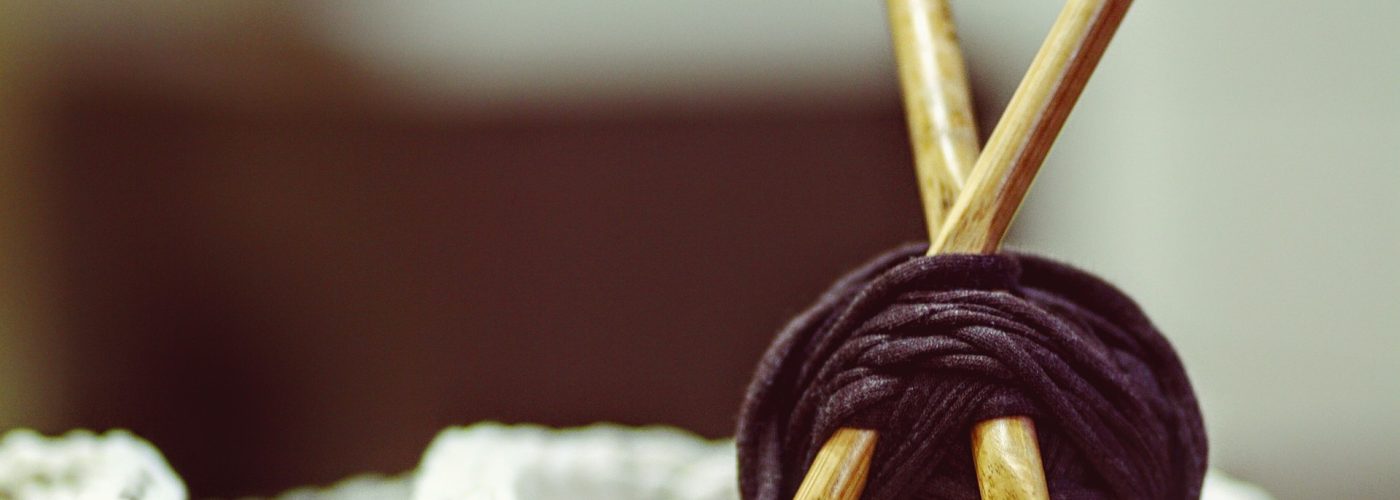How many times have you stood in a store in front of a gorgeous arrangement of yarns, in all the colors of the rainbow, without being able to decide which one to choose for your next project? Many knitters choose their yarn based on color or texture, but there are many other factors that affect the quality of a yarn, not to mention the fact that different knitting projects can have specific yarn requirements. The yarn’s fiber is by far, the most important factor, as it indicates how easy it will be to work with the yarn, how the completed garment will feel, how it will drape and how well it will past the test of time.
Animal fibers
- Wool – This fiber is made from sheep fleece. It is one of the most affordable choices, and it is also rather easy to work with, being perfect for all knitters, regardless of their skills. Wool is mainly used for winter clothes, as it breathes well, it has a great resistance to moisture and it is also extremely durable. It can be died in any color and it can be blended with other fibers to achieve a softer texture and more durability. There are also some types of wool which are naturally softer. For example, Merino wool is exquisite, being one of the most luxurious and resilient fibers. For incredibly soft, hand-died merino wool, we advise you to opt for Malabrigo Yarn. This is one of the most versatile and easy to work with types of yarn.
- Cashmere – This is a luxury wool obtained from the fleece of Cashmere sheep. Its main advantages are its incredibly smooth texture, and its light sheer. It is great for winter clothes as it has good insulation properties, but it doesn’t breathe very well. Moreover, like all types of wool, it is prone to pilling.
- Angora – Made from the fur of the angora rabbit, this light and silky fiber is the best choice for winter clothes, as it has great insulating properties and it feels amazing. Being a luxury fabric, it can be quite expensive, and it is not suitable for beginner knitters as it is quite slippery and difficult to work with.
- Alpaca – As the name suggests, this yarn is made from alpaca fleece. Due to its hypoallergenic properties, it is great for babies and people with sensitive skin. However, it is not very easy to work with, as it tends to overdrape.
- Mohair – Made from the fleece of the Angora goat, mohair is a more luxurious alternative to wool. It is fluffy, elastic, and it doesn’t wrinkle, so it is a great choice for most types of garments.
Plant fibers
- Cotton – This natural fiber is very cheap, it has a smooth texture and a great drape, and it also breathes well. However, as a yarn, it is not very easy to work with, and it is not that durable either.
- Silk – Although it is produced by insects, silk is a plant based fiber, and one of the most luxurious fibers for that matter. It can be difficult to work with since it can catch easily, so it is better to choose a yarn variety with a high ply.
Synthetic fibers
- Rayon – This type of yarn is very easy to work with. It has a great drape and a soft texture, and it doesn’t retain body heat, so it is perfect for summer clothes.
- Polyester – This is a mixture of synthetic and natural fibers. It has a good drape and it breathes well, but it can be difficult to work with.
- Nylon – Its properties are similar to silk, although its texture is not that soft. However, it is more durable, and easier to work with than silk.
These are the most popular types of yarn fibers. There are a few other choices out there, but we advise you to stick to the basics, as these fibers have the most advantages.
Image source: https://pixabay.com/photo-1479217/





